The most important thing to understand before your first trip to Venice is that the city is completely different from anything you have ever seen and that, most likely, you will want to return asap. I can also guarantee you that everything will take more time than you expect and that you will get lost at one point or another. In this post, I’ll try to prepare you as much as possible so you can avoid some common misunderstandings.
“Venice is always overcrowded.”
This perception is only partially true. The correct sentence is “The areas around San Marco and Rialto are always very crowded during daytime in the summer season.”. This implies that there are plenty of ways to avoid this problem. The first step is in deciding when you will visit Venice. As in most touristic cities, the summer months and school holidays are more crowded than autumn, spring or winter. If you have a chance, book your trip in one of the calmer months. You will enjoy the city much more. Weekends are also more popular than weekdays.
The second step is planning your day in Venice. As a first time visitor, you should of course visit the San Marco basilica, Palazzo Ducale or admire the Rialto bridge. However, use your time during the day to visit other areas of Venice which are less crowded, such as Cannaregio, Dorsoduro or San Polo and Santa Croce. You can find some inspiration in my post ‘9 insider tips to avoid the crowds in Venice’. By the time the day trippers leave the city, you still have plenty of time to visit these landmarks. You could for instance visit Palazzo Ducale and Museo Correr until 11 pm (on Friday and Saturday, from May until the end of September) thanks to the ‘Museums by the moonlight’ initiative.
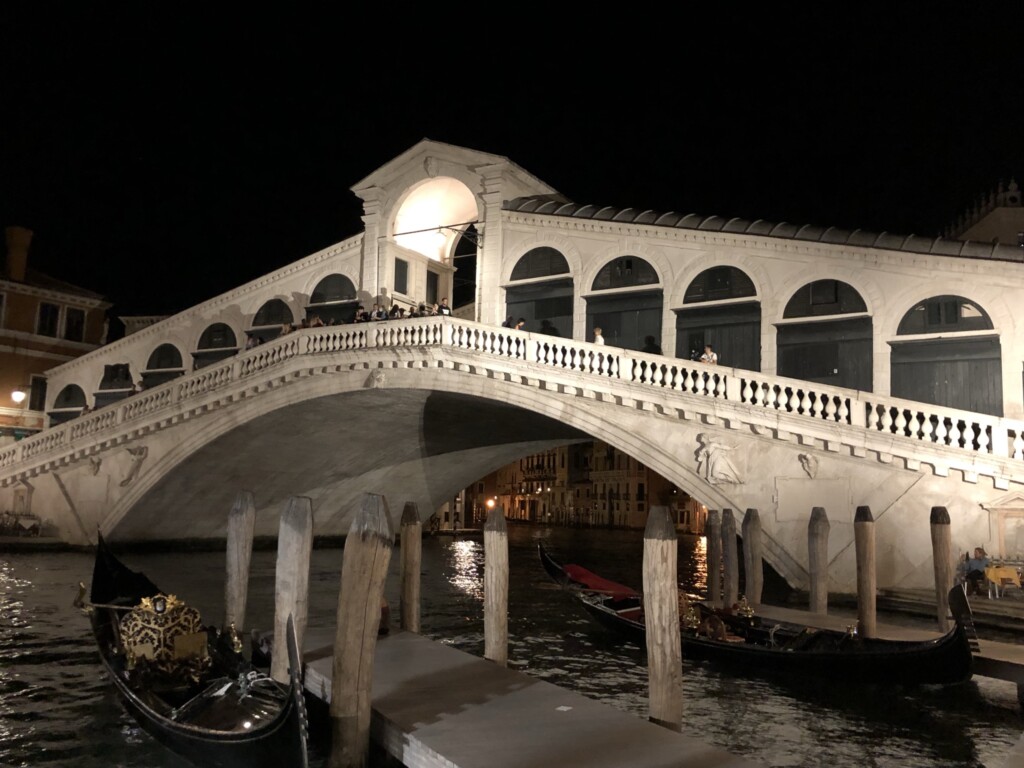
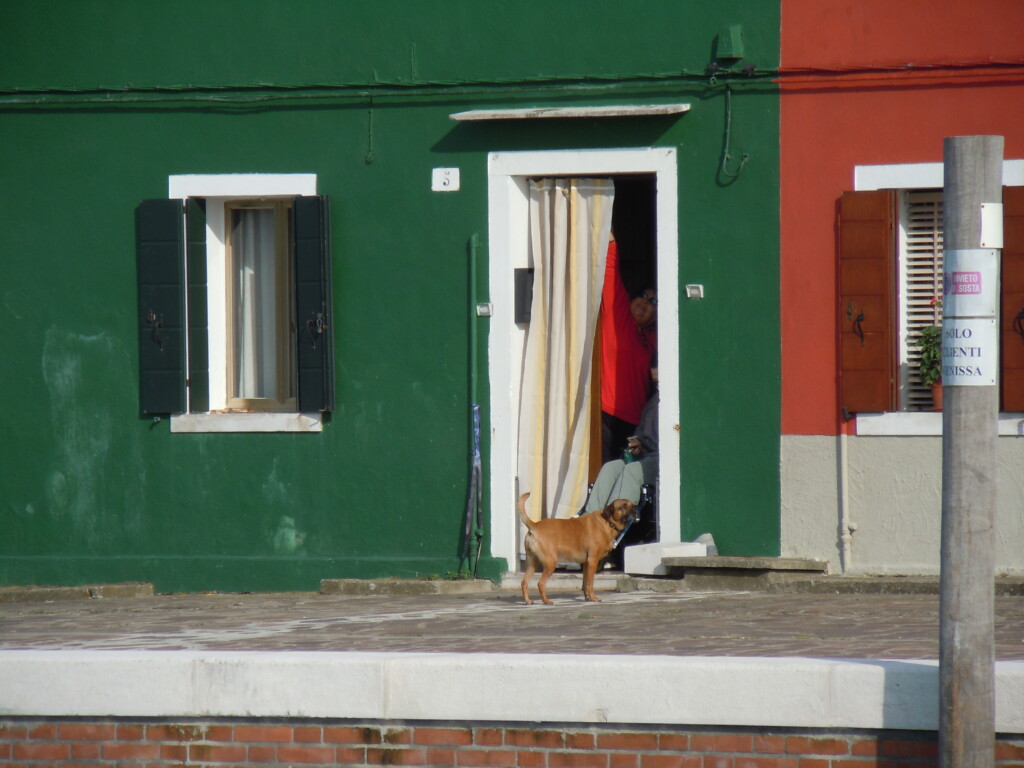
“I can visit Venice in one day.”
The answer to this is simply ‘no’. It is true that Venice is not very big, but you cannot grasp the charm of the city in a couple of hours or even one day. When you come only one day, you will probably limit your trip to the main landmarks around San Marco. This implies that you will be surrounded by large crowds and not enjoy your visit. At the end of the day, you might even wonder what all the fuss is about. Venice is however much more than this. After visiting Venice tens of times, I still have a long list of things to see. It doesn’t even get shorter, it always seems to be getting longer.
When you take the time to wander around the other sestieri (neighbourhoods), you will feel as if you have to city to yourself. You will be able to take your time to admire a building without being bumped into every few seconds. This doesn’t imply that you have to go far (if that would be your worry). Only a few minutes walk is enough to find quiet streets and canals. You don’t even need a map or a planned destination for this. Just walk and at every corner, take the street with the least people. It won’t be long before you will be alone. This is the moment where the beauty of Venice will reveal itself to you. If you need some examples, just take a look at my posts about the different sestieri and what you can find there. I’m sure you will like these areas.
You will not discover quiet and beautiful areas like this if you only stay one day in Venice or limit yourself to the main landmarks.
“It’s not very far.”
Venice is not a very big city and you can easily walk from one side to the other, but it will always take more time than anticipated, either because you are lost, because you see something that you want to explore or because you are stuck in the crowds.
One of the reasons for getting lost is the fact that the addresses are not used in the same way as in many other cities. The first time I went to Venice as a grown-up and not having anyone make sure I didn’t get lost, resulted in taking approximately 1 hour to find the hotel. And it was only 500 metres from the vaporetto stop. What happened? We had the name of the hotel and something that we thought was a very clear address (like San Marco 3787b). Little did we know that this was not a street name but a number in a sestiere (neighbourhood). Numbers are not linked to a specific street but continue along different streets, so you have to turn right, left, back, … to follow them or to lose track. With the use of smart phones, it is easier now, but remember to bring a good map, the street name and number as well as directions from your hotel. You will have plenty of time to get lost in the city during your trip, but it’s less fun when you are dragging your luggage and are tired from your flight.
TIP: When you see something interesting (a nice palazzo, a shop, restaurant) and think ‘We’ll come back later’ – you will never find it again. By the end of the day, you will have gone through so many small streets, that everything looks exactly the same. You should either visit it immediately or take very good notes (sestiere, number, street name) of where it is or mark it on your map. Also make sure you have a very detailed map, as a lot of small streets have a dead end on a canal.
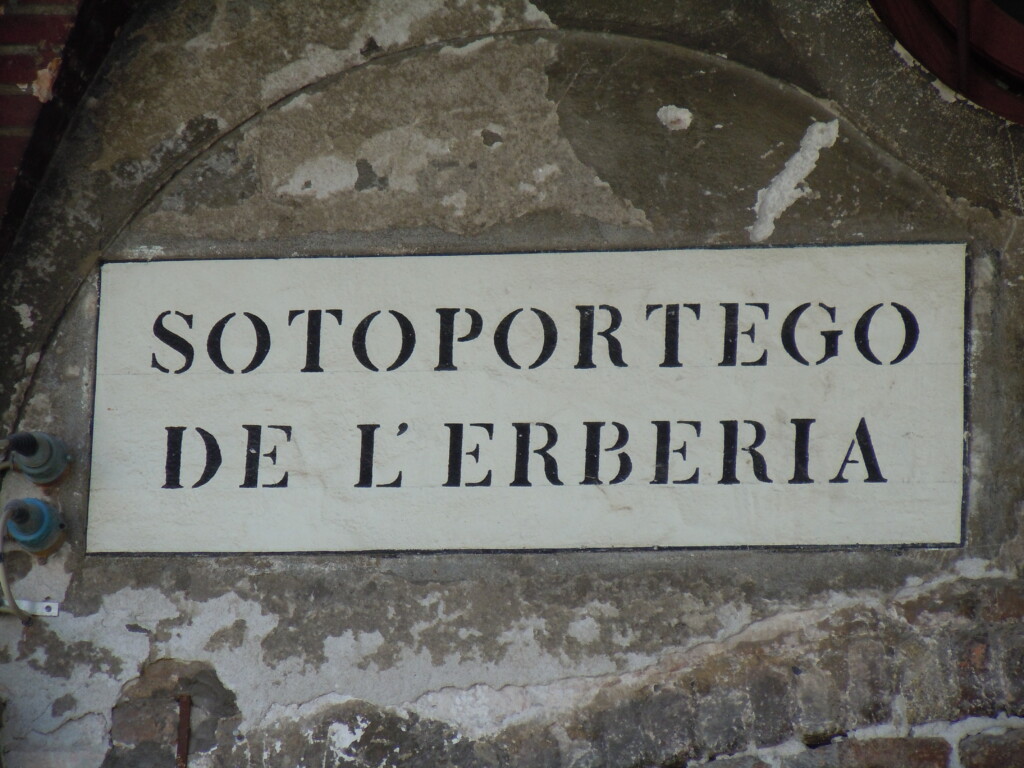
“I’ll just take a taxi to the hotel/ restaurant/ shop/ …”
I guess you figured out already that there are no cars allowed in Venice. However, have you thought about the consequences?
The majority of the hotels do not have direct access by boat. It will therefore not always be possible to be dropped off by a water taxi at the front door with your luggage. Most likely, you will have to carry your luggage yourself across one or more stepped bridges. So travel light if you don’t want your arrival to spoil your whole trip. Unfortunately, many bridges don’t have a ramp, so if you’re in a wheelchair, you’ll have to choose your place of stay and plan your routes very well in advance with these maps of accessible routes. On a positive note, Gondolas4all has created a gondola which is accessible with a wheelchair.
You cannot hail a water taxi just like you would do with a land taxi in a big city. There are only specific places where they are allowed to pick up guests.
TIP: Upon arrival in Venice, a water taxi is really the best way to be immediately immerged in the atmosphere of the city and it is always the first guilty pleasure on my trips.
“I’ll quickly jump on the next vaporetto.”
Vaporetto’s are large waterbuses and only use the Canal Grande and the waterways around the city. They do not enter the small canals. Chances are big that you’ll have to walk first to get onto them.
Tickets need to be purchased upfront and can be bought in a lot of newspaper shops or at the sales booth or ticket machines at some of the larger vaporetto stops. You have one-way tickets, day and multiple day tickets. Compared to other cities, these are relatively expensive, so think wisely which ones best fit your travel preferences. More details about all the different possibilities are mentioned in ‘A practical how-to guide on transportation in Venice‘.
You need to validate your ticket every time before entering the platform, even if they are for multiple days and have already been activated once. Not doing so can lead to fines and there are much better ways to spend your money in Venice, for instance on a spritz or a nice dinner.
TIP: Make sure you know upfront which is the closest vaporetto stop to your destination and count this in number of bridges, not only in metre or foot. You can then decide which line you have to take and where you have to change, if needed.
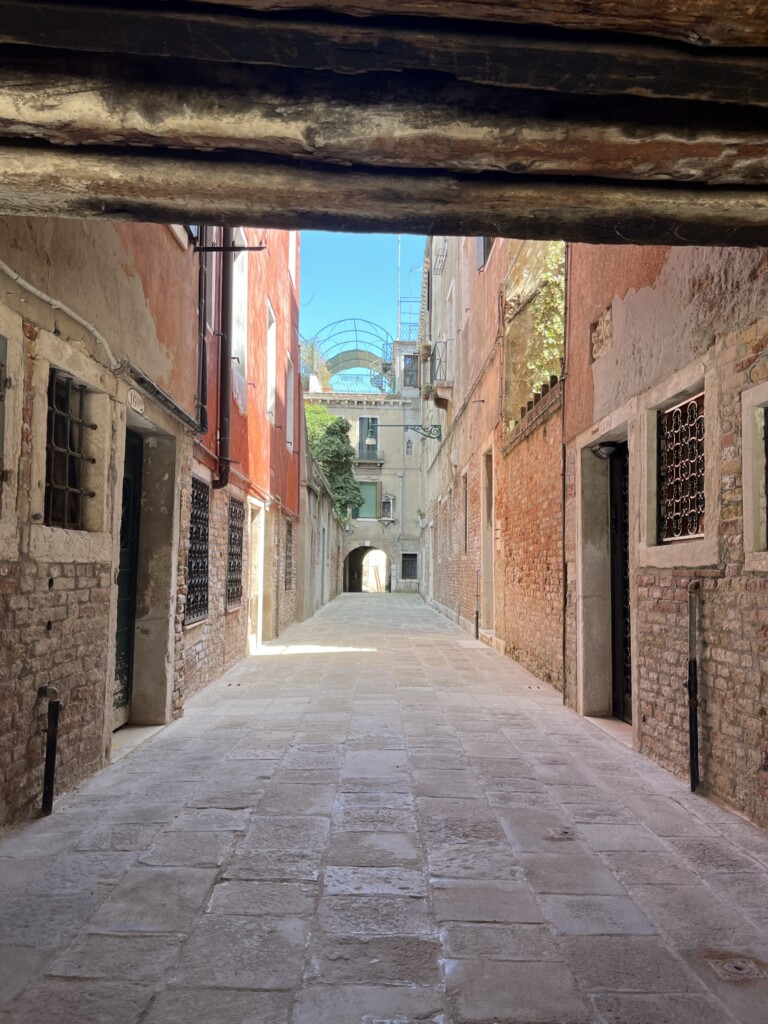
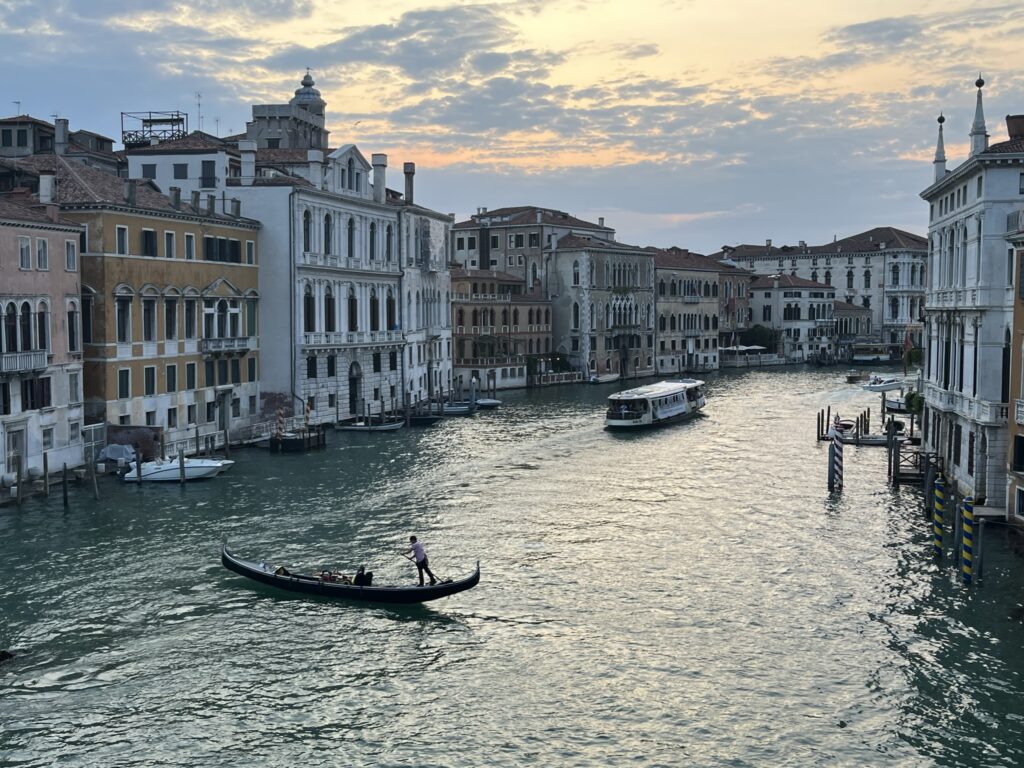
“Venice is always flooded.”
‘Acqua alta’, which is how they call this flooding, is still a problem in Venice, but it isn’t something that you should worry about too much. First of all, it’s only very bad on a limited number of days a year. To give you an idea, since 2000, the water rose only 16 times to 140 cm above sea level, which corresponds with a flooding of approximately 50% of the city. Second, it’s only a couple of hours a day. Third, it is not all over the city, so you can either avoid the flooded area, which is mainly around San Marco, or walk on the heightened sidewalks. If you want to be prepared, check the forecasts a couple of days prior to your arrival. If it says ’80 cm above sea level’, this means only a very little flooding, and only when it’s 100 cm above sea level will you need to adapt your routes.
TIP: Don’t use your scarce luggage space to bring rubber boots if you are only going for a couple of days. If you feel adventurous or want to take some pictures standing in the water, buy these ‘temporary wellies’, wander through the water and pray they won’t start to leak. There is no need to worry where you will find these, as you will see an increasing number of vendors the closer you get to the acqua alta.
“The locals don’t like tourists.”
There has been a lot of commotion lately about the reaction of the locals towards tourists, not only in Venice but also in other cities such as Barcelona. It is true that some Venetians are getting more and more upset with the behaviour of some groups of tourists. The residents use the city to go to work or school, to buy their daily groceries, to attend an appointment with the doctor or to meet their friends. This is the same as you do at home. For example, when they have to pass the crowds who block the entrance to their street or have to queue to enter the vaporetto, this implies that they have to leave earlier to be on time in school or at work. The only thing they ask is respect for their city and its residents. They expect you to walk on the right so a part of the street is free, that you give priority to the porters who have to carry goods around the city, that you don’t leave any garbage in front of their houses and so on. Just imagine how you would feel if this would be the case in your street at home.
The Turismo Città di Venezia has therefore launched a new awareness campaign: #EnjoyRespectVenezia. The goal is to create a sustainable tourism in harmony with the daily life of residents. The campaign involves an overview of itineraries around the whole city of Venice (as I also mentioned above), rules for the responsible visitor and also a list of forbidden behaviour. This includes no swimming in the canals, no picknick on San Marco, no sitting on monuments, no swimsuits in the city, no feeding of pigeons, no littering and no cycling. These might seem obvious, but apparently not for everyone. Breaking these rules can result in fines up to 500 euros.
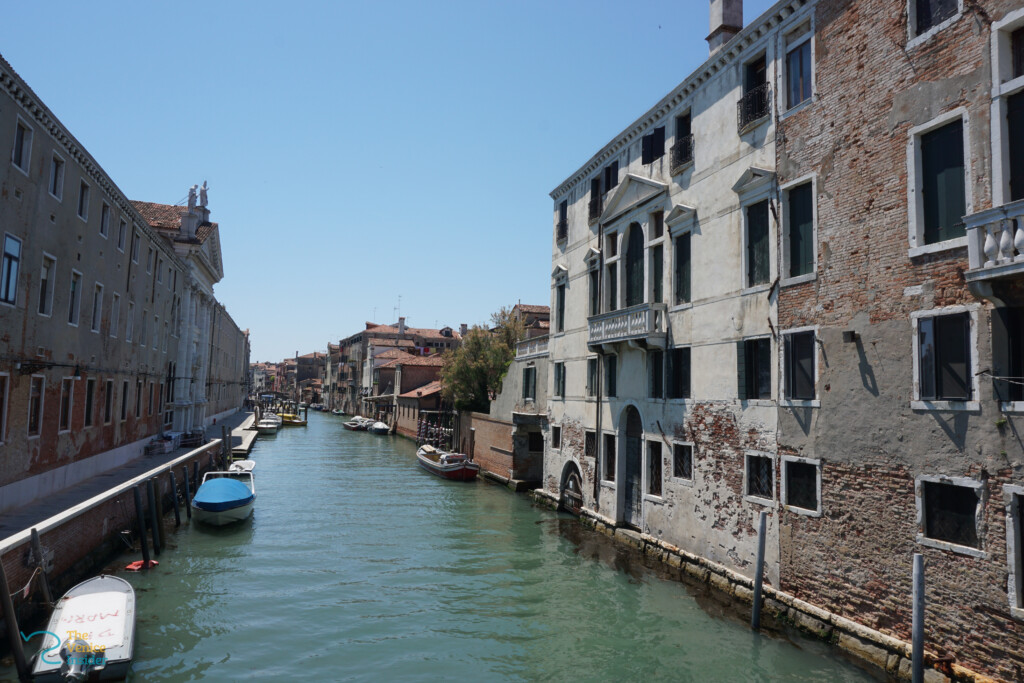
Venice is a delicate city with a lot of historical and cultural heritage. Overall, the key to enjoying Venice is to keep an open mind, to be prepared to walk a lot – with good walking shoes and a detailed map, and to remember that everything will take more time than you imagined. You will very easily get accustomed to the fact that there is no noise from cars, no traffic lights where you have to wait, and no need for a quick jump onto the sideway when you all of a sudden realize you’re in the middle of the street to admire a building.
You can find more tips on how to prepare your trip to Venice in my post ‘How I prepare my trips to Venice as a frequent visitor‘. I also suggest you browse through the other posts on my blog such as ‘A practical how-to guide on transportation in Venice‘, read some books to get to know the city or if you’re really overwhelmed, contact me for a personalized travel plan.
Buon viaggio!
